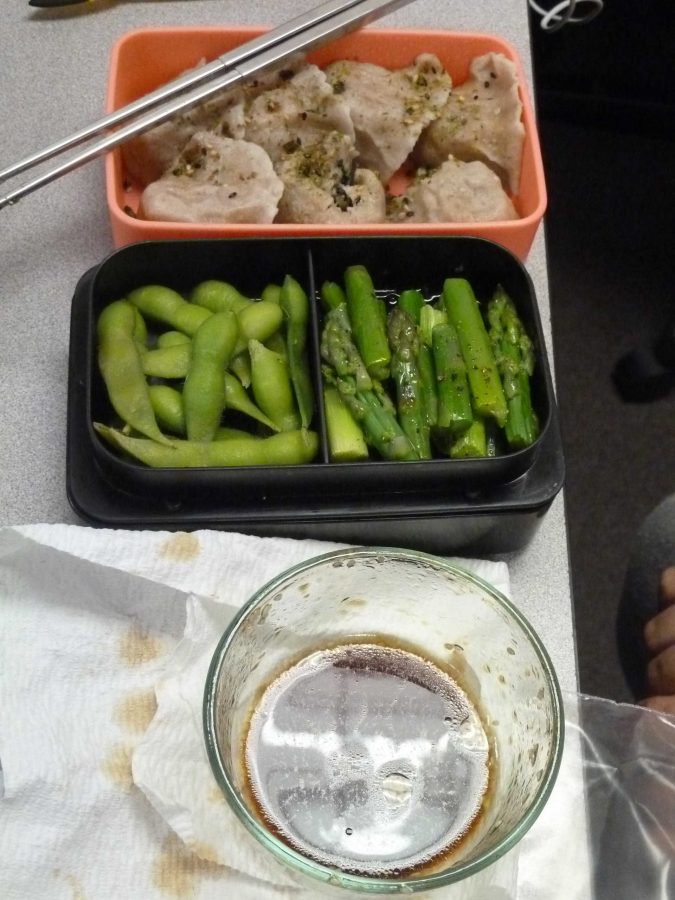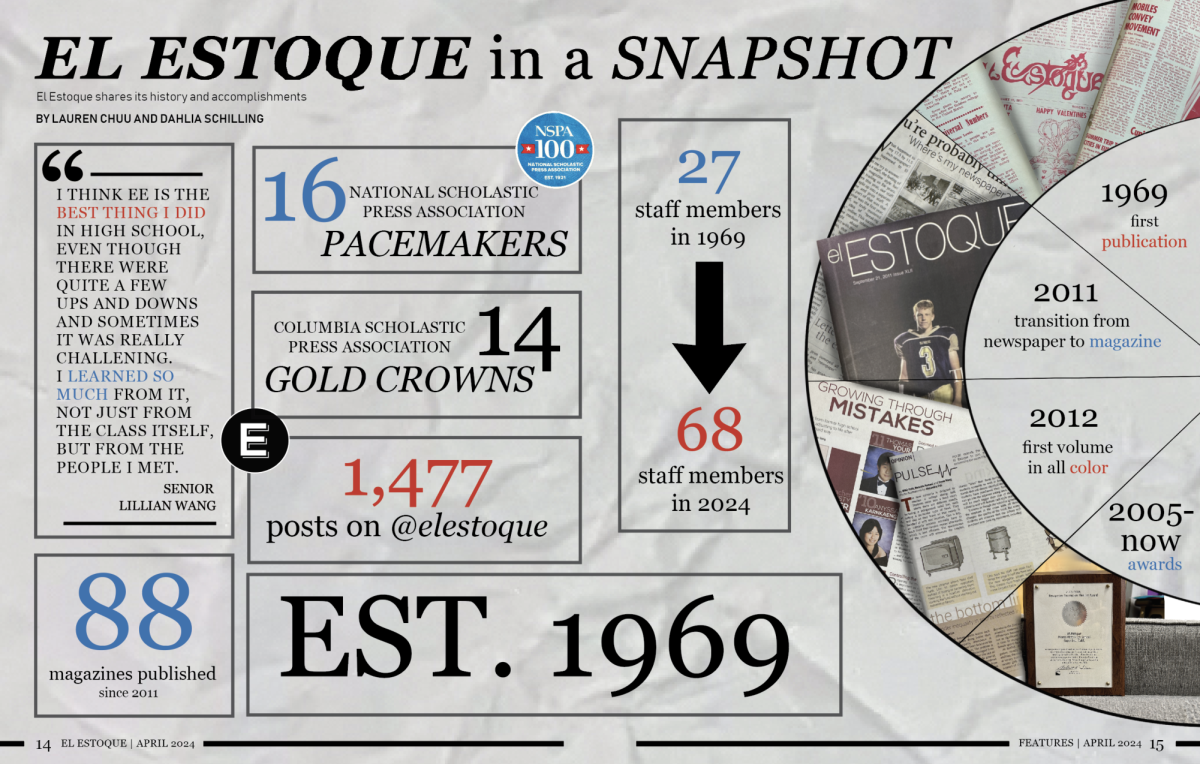After the bell rings to signify the end of fifth period, students take out their lunch bags. Lockers swing open and slam shut, backpacks zip open and close. Food containers slide open to reveal the mysteries within. Here are the stories behind students’ lunches.

An unassuming lump of rice sits upon the desk of Japanese teacher Keiko Howard, swathed in plastic wrap. Its appearance belies the rich culture behind it.
Onigiri, a rice ball, is a typical Japanese lunch. Since it’s both simple to make and easy to carry, it’s a prime choice for a packed lunch. Howard has brought a rice ball filled with pickles and seaweed to eat.
“[It’s] traditional Japanese food,” Howard said. “Everyone knows to make [onigiri]. My students know. Every year, the Japanese 1 students make a rice ball.”
There’s a wide variety of onigiri. Although anything can be put in a rice ball, typically onigiri consists of white rice and umeboshi, or pickled plums.
“The reason we put plums is that it would prevent [the food from rotting],” Howard said. “In the old days, there were no refrigerators and [so when] you traveled, [it was convenient to bring] the rice ball because the [plum would act as a] preservative.”

“My mom makes different-style lunches every week. One day’s Indian, the next day’s Mexican and [the next is] Japanese,” junior Tejal Deshpande said. “My favorite is Thai.”
The dish of the day is Japanese-style teriyaki — fried vegetables and rice slathered with a generous amount of teriyaki sauce. Her mother, who is from India, usually finds her wide variety of recipes online. With such an impressive array of dishes under her belt, she can offer Deshpande a global cuisine right at home.

With a wry smile, senior Jaclyn Hwang reflects on the contents of her lunch. It consists of porridge, meatballs and broccoli. Her father, who makes her lunch in the morning, often tries to keep her meals balanced and healthy.
“There’s usually an element of carbs, veggies and some kind of meat [in my lunch],” Hwang said. “But we’re still working on the fruit.”

Despite her Chinese heritage, senior May Su prefers Japanese food to Chinese food.
“Today I have asparagus, edamame and dumplings [for lunch],” Su said.
Edamame are Japanese green beans. Her dumplings are covered in Japanese spices called furikake, which consists of dried seaweed and sesame, popular as a topping for rice and dumplings. Her lunch, however, is not entirely Japanese. Since her mother is Chinese, she’s combined the two cultures for a hybrid meal.

Freshman Anvesh Lohiya is an avid fan of Chinese food.
On this particular day, Lohiya brought to school Chinese noodles cooked by his mom with various vegetables and noodles covered in soy sauce. His typical pattern of eating Indian food for lunch is occasionally broken by a Chinese-style dish. His mother had been shopping for food when the noodles caught her eye.
“The package had the steps to [cook the noodles],” Lohiya said. “[She bought it] because it looked really tempting.”





















